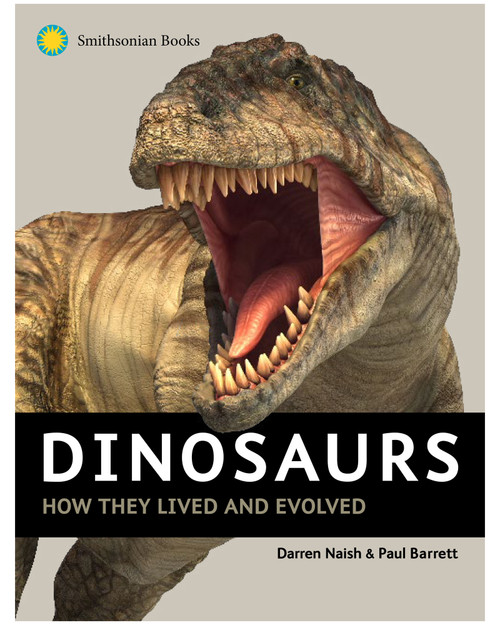Description
Now that suborbital space tourism is predicted to become a billion-dollar industry in the next ten years and NASA has announced its plans for landing humans on Mars in the 2030s, the dream of traveling and living in space is taking on new reality. But given that life on Earth can be complicated enough, how can we survive and thrive in the zero-gravity, absolute-zero far reaches of space? Look no further: How to Live in Space is chock-full of all the essential information you need to equip yourself for life beyond our blue planet.
Grounded in space science, planetary biology, and rocket science, this accessible guide propels readers through takeoff, life in orbit, terraforming, and the long-term effects of space on the human body. Infographics and full-color illustrations help How to Live in Space to answer your burning questions, including: How do you sleep in microgravity? How do you grow food without water? Will your muscles waste away out there? How do you protect yourself from radiation? This is a light-hearted yet informative guide to a life far from terra firma.
Museum Story
The Smithsonian's National Air and Space Museum maintains the world's largest and most significant collection of aviation and space artifacts, encompassing all aspects of human flight, as well as related works of art and archival materials. The Steven F. Udvar-Hazy Center is the companion facility to the museum and houses hundreds of historically significant air- and spacecraft, along with thousands of small artifacts.
Details
- Paperback
- 192 pages, 200 images - color and black and white
- 8.7" x 7.1"
- Written by Colin Stuart








